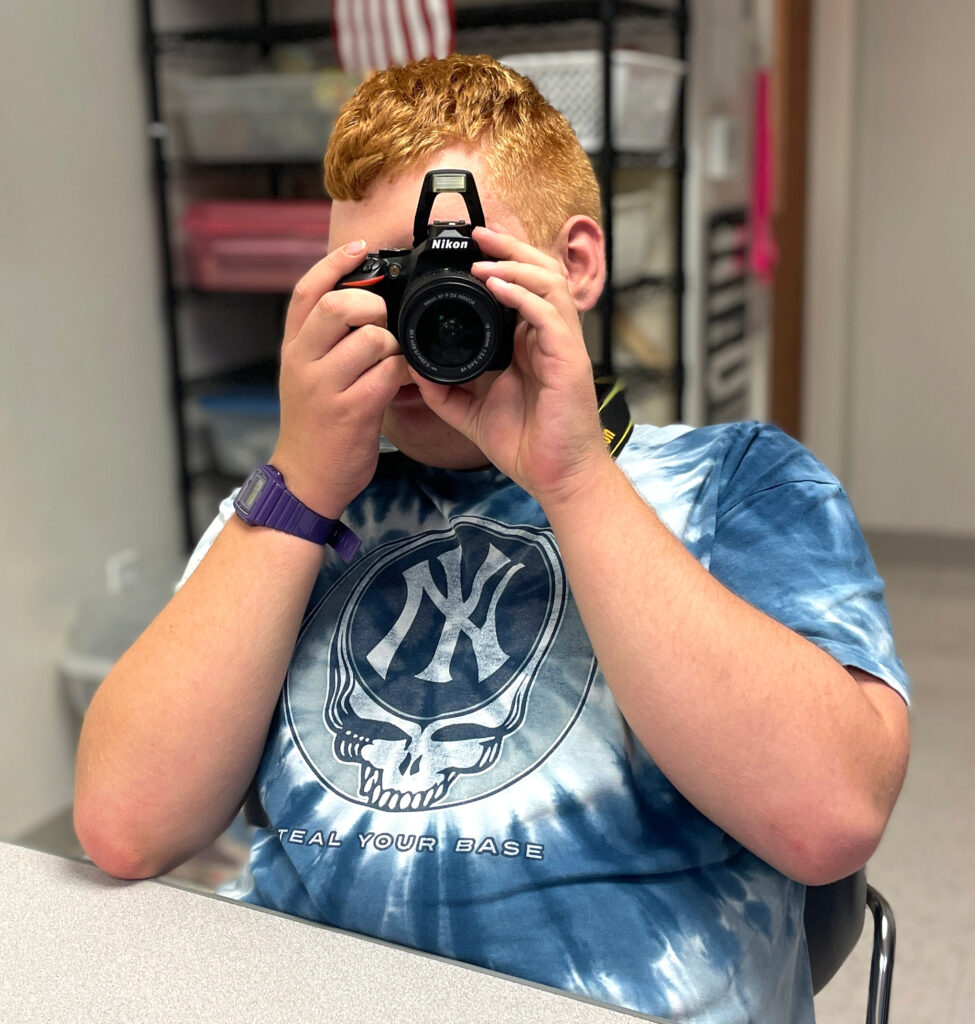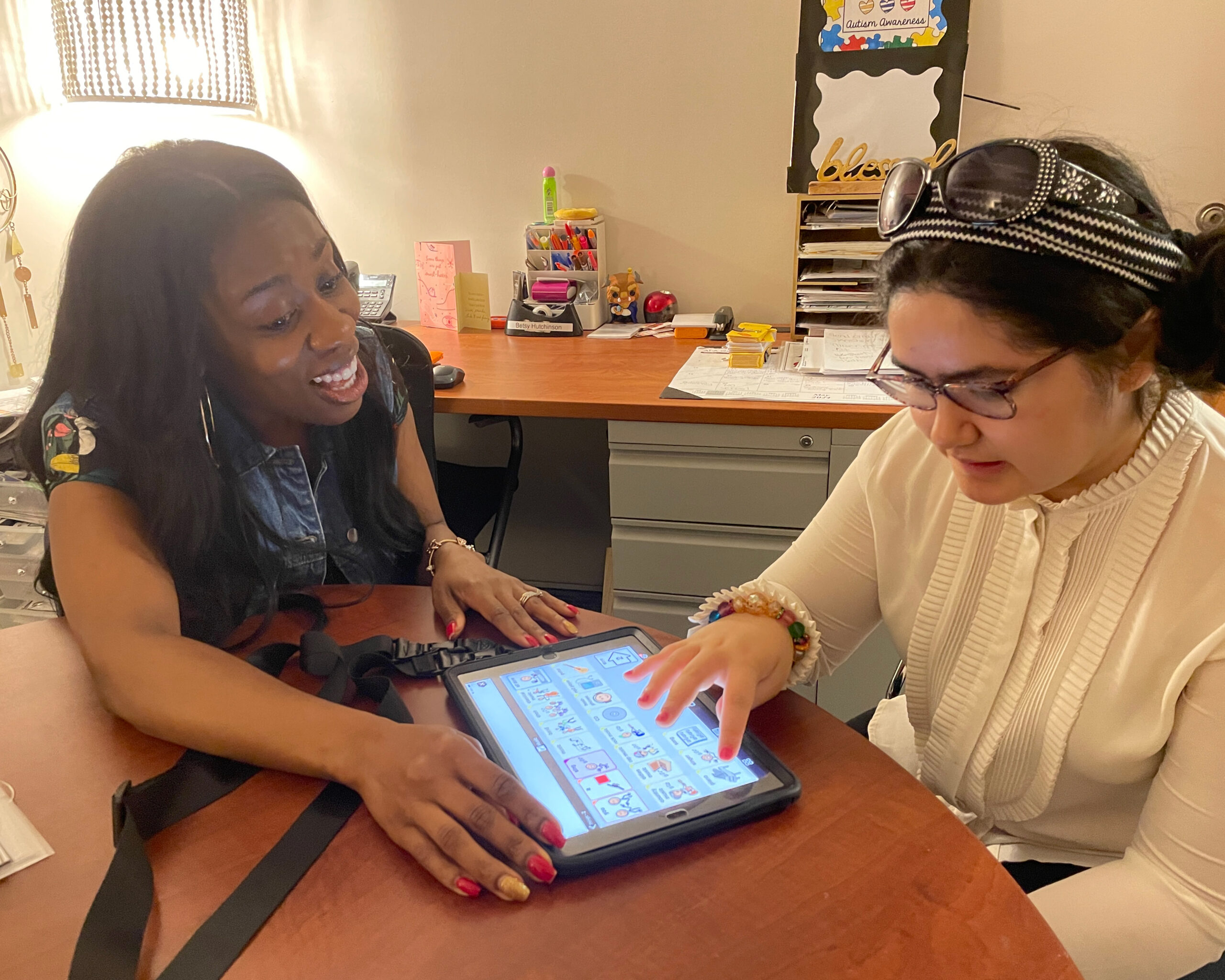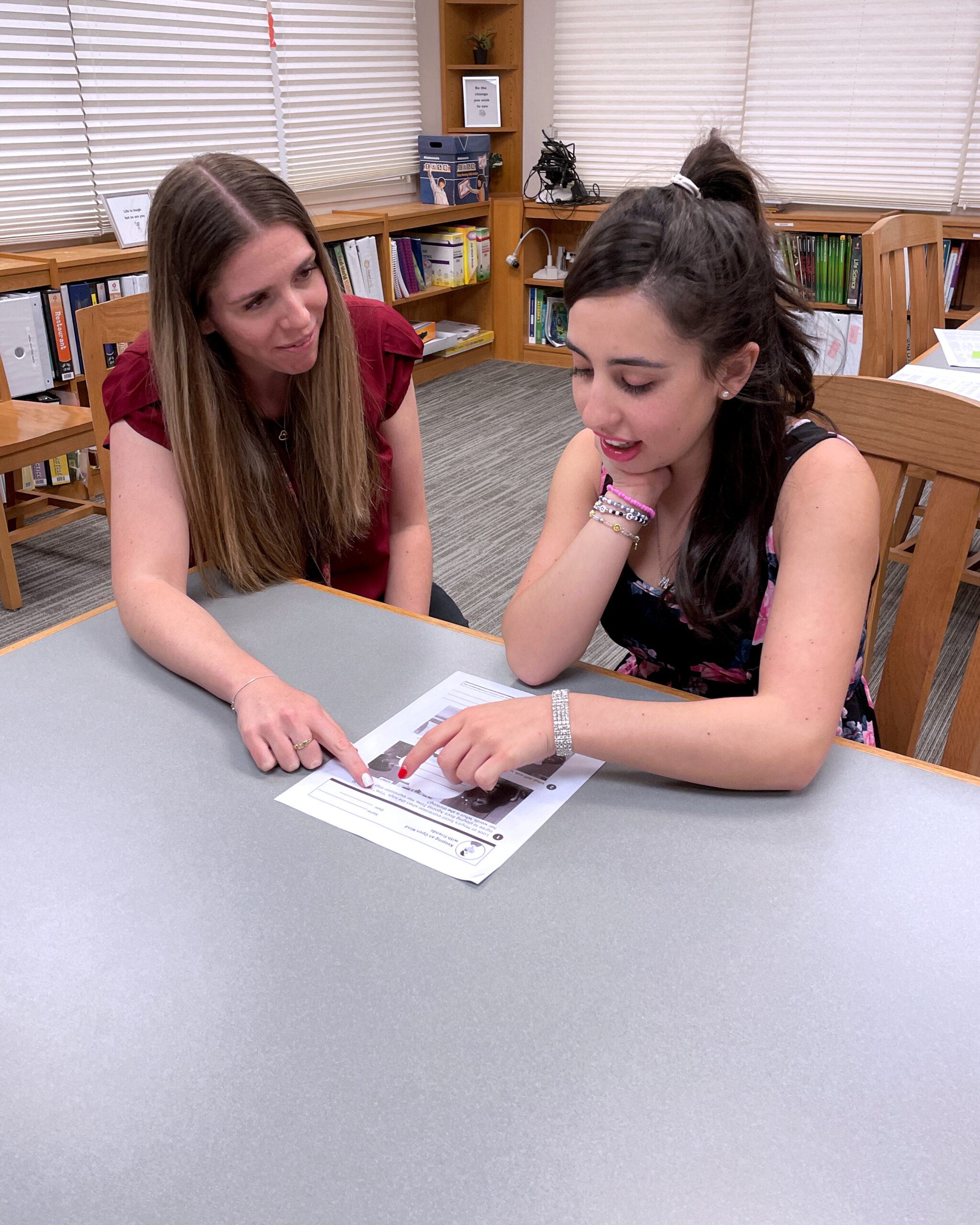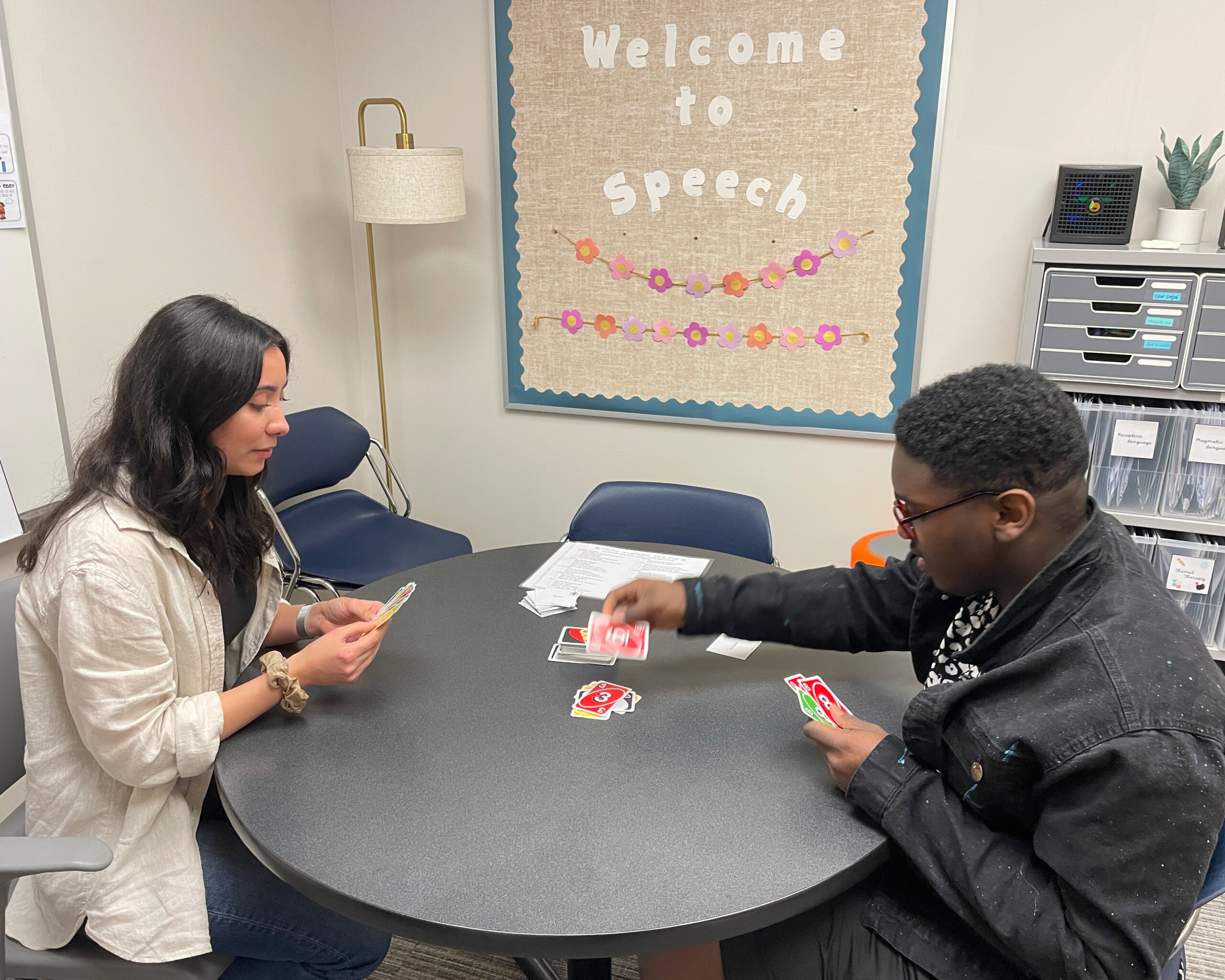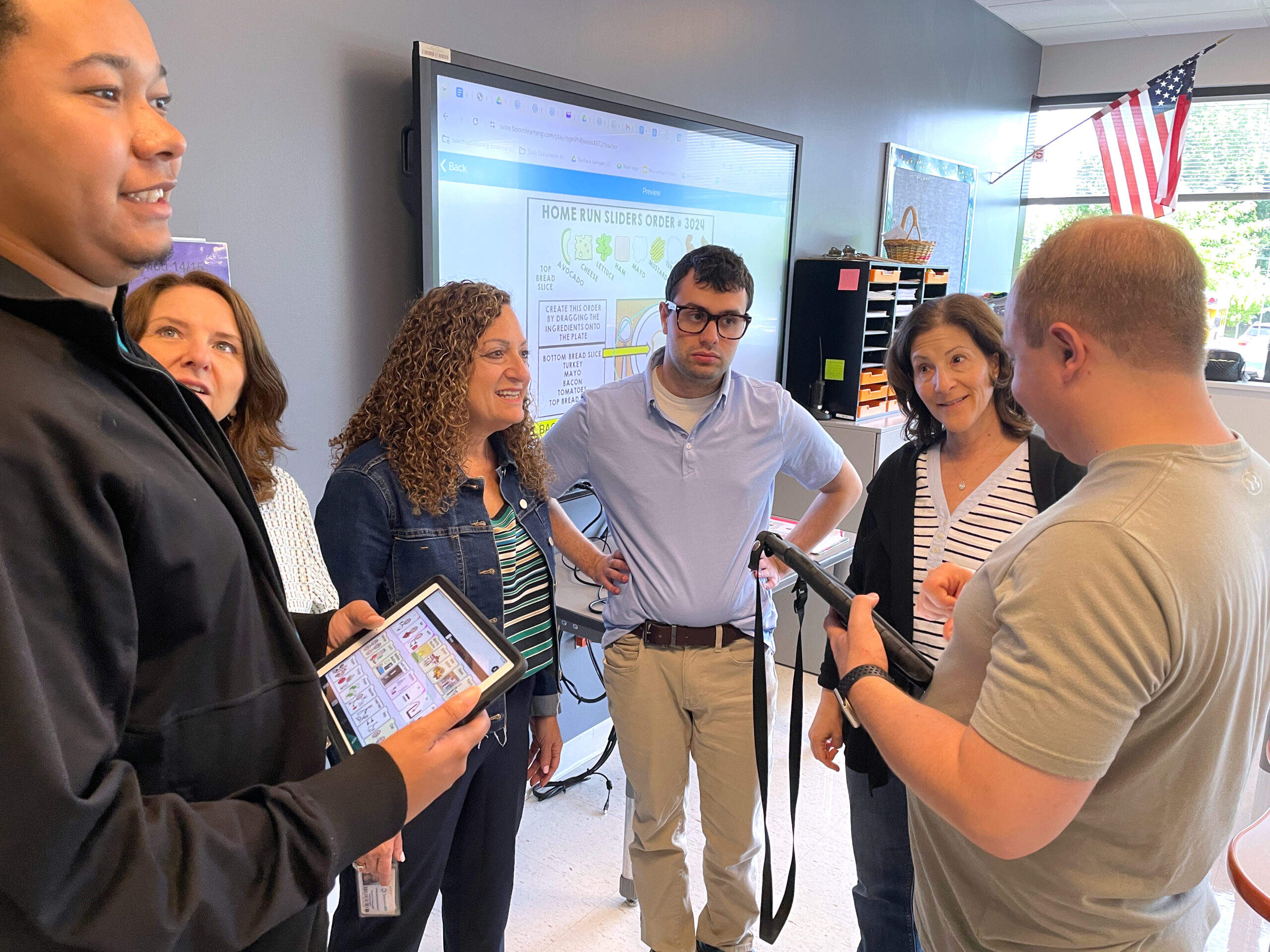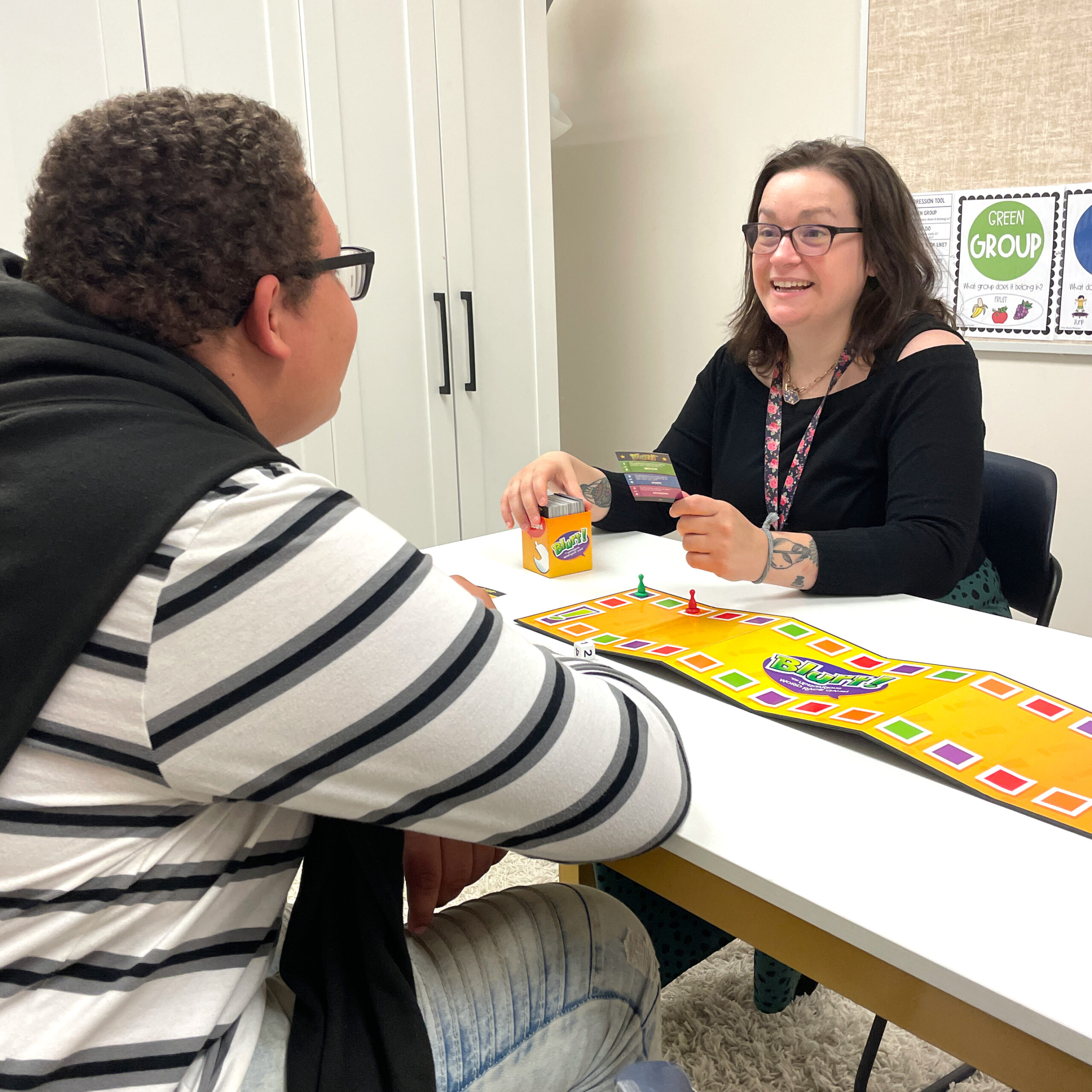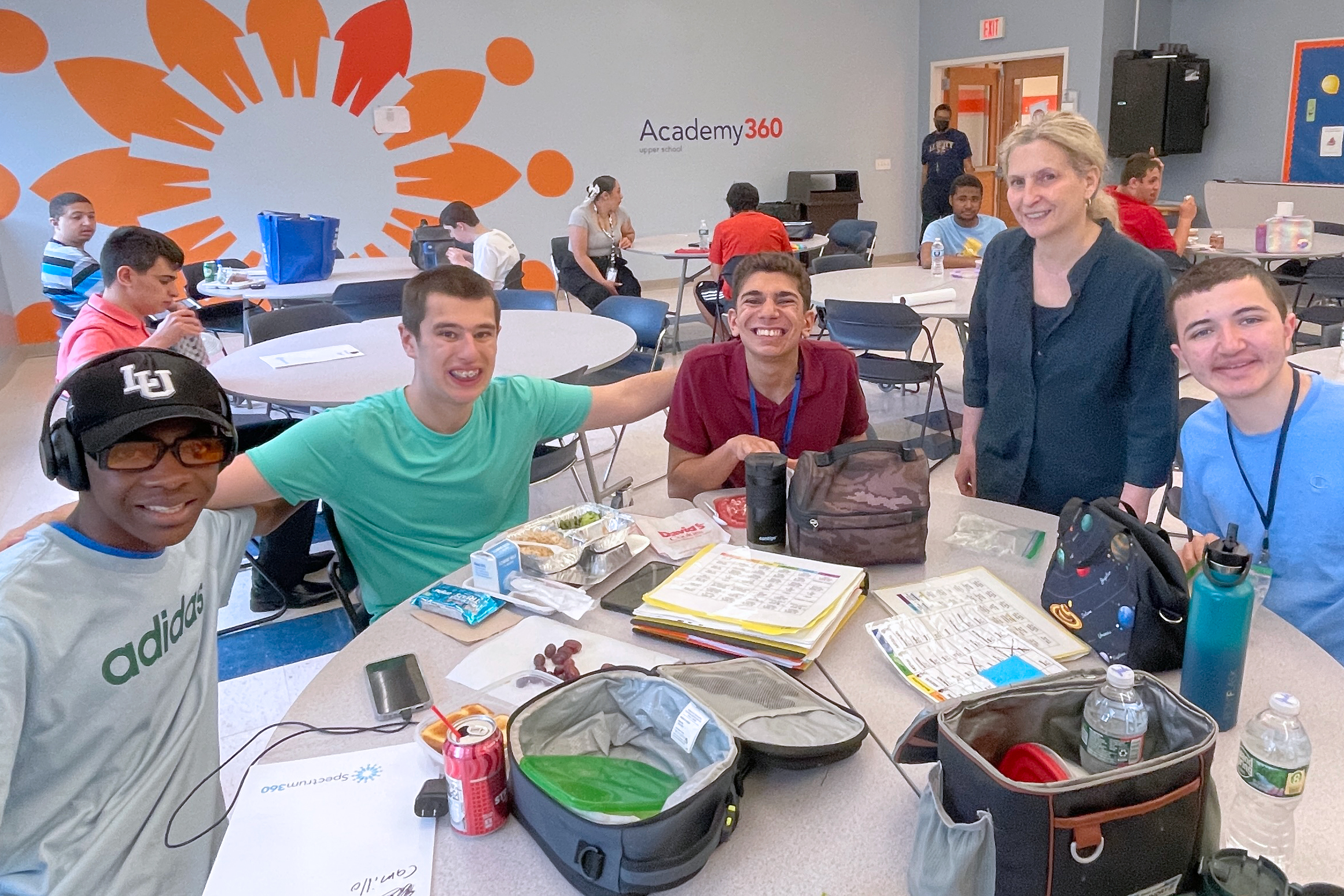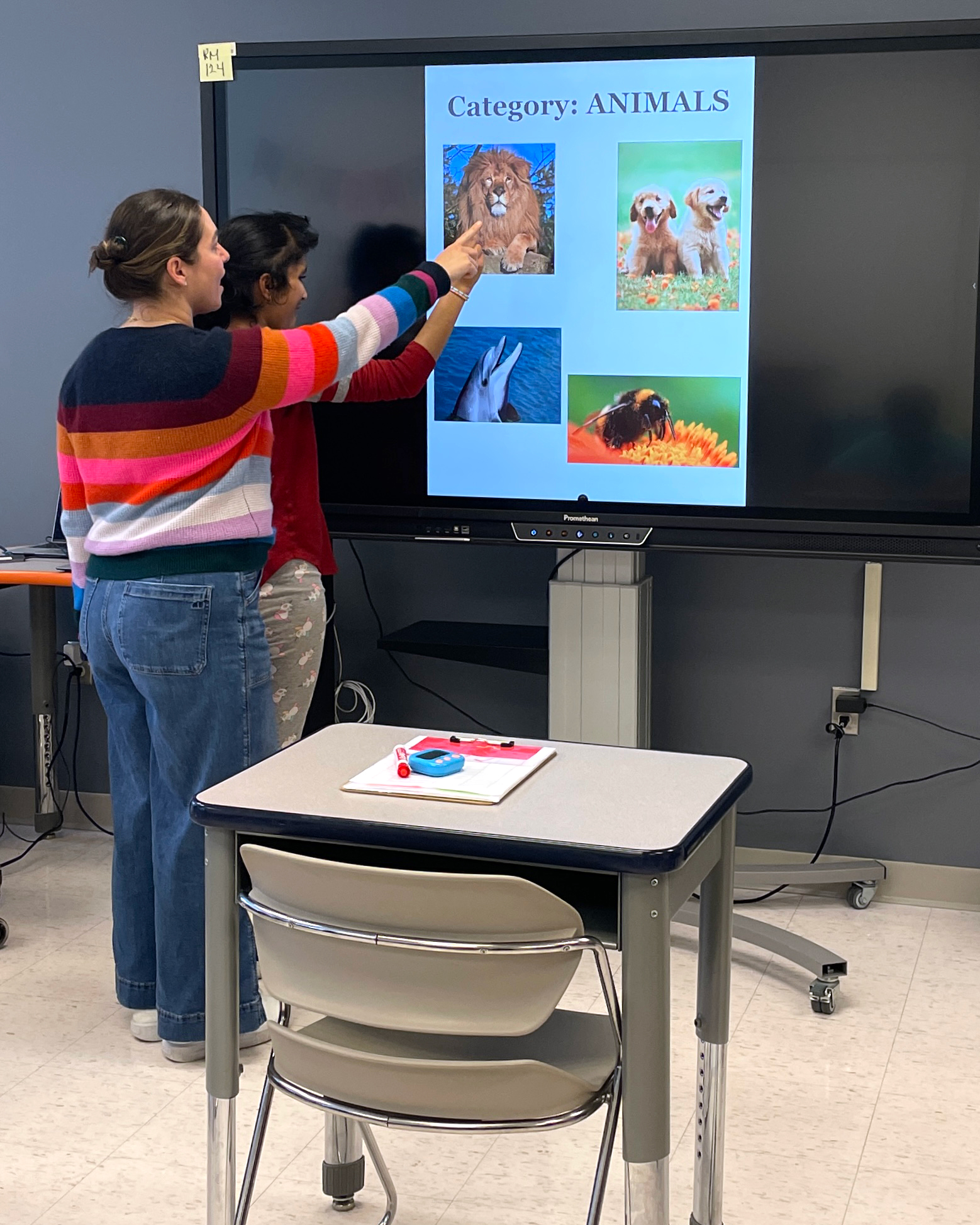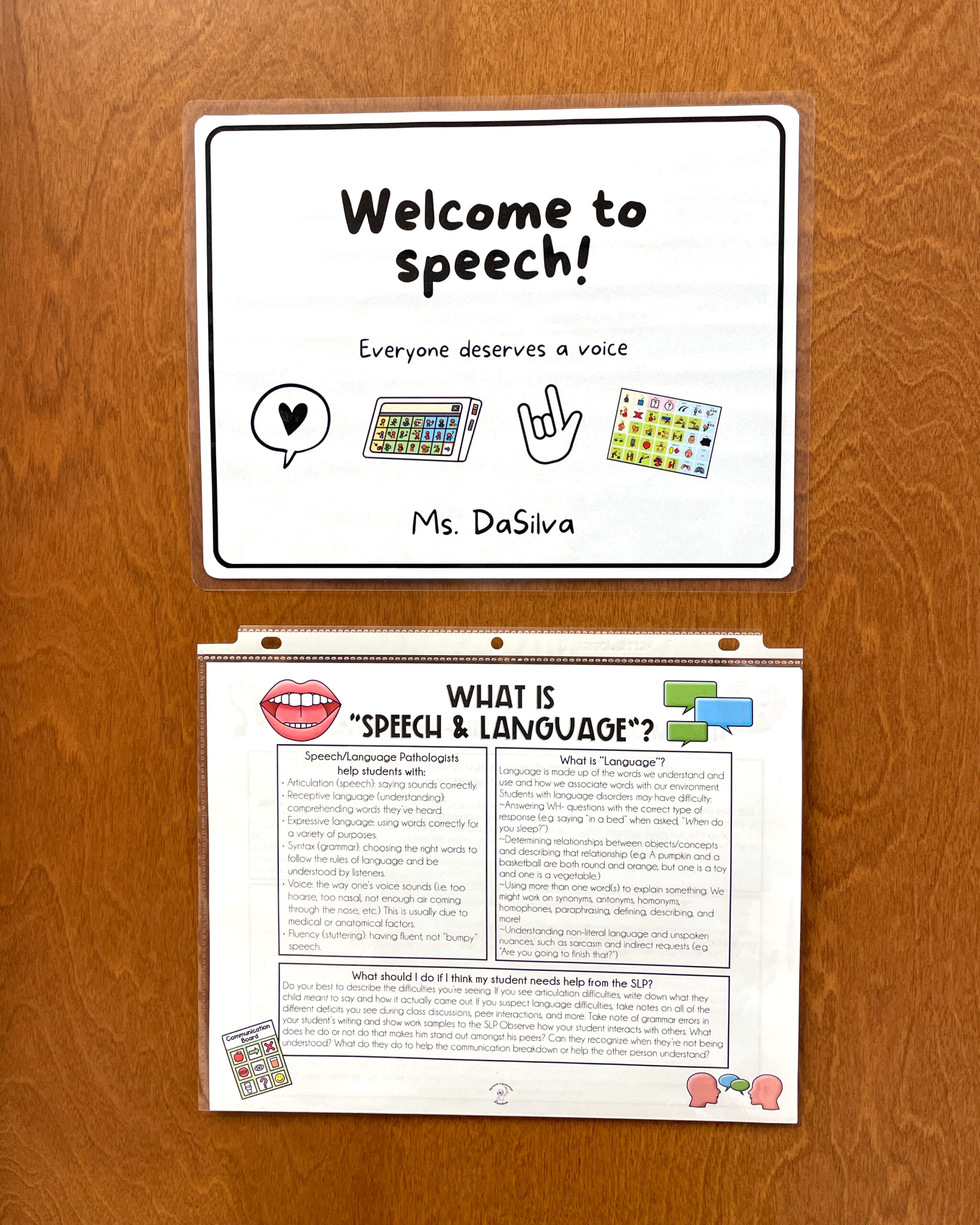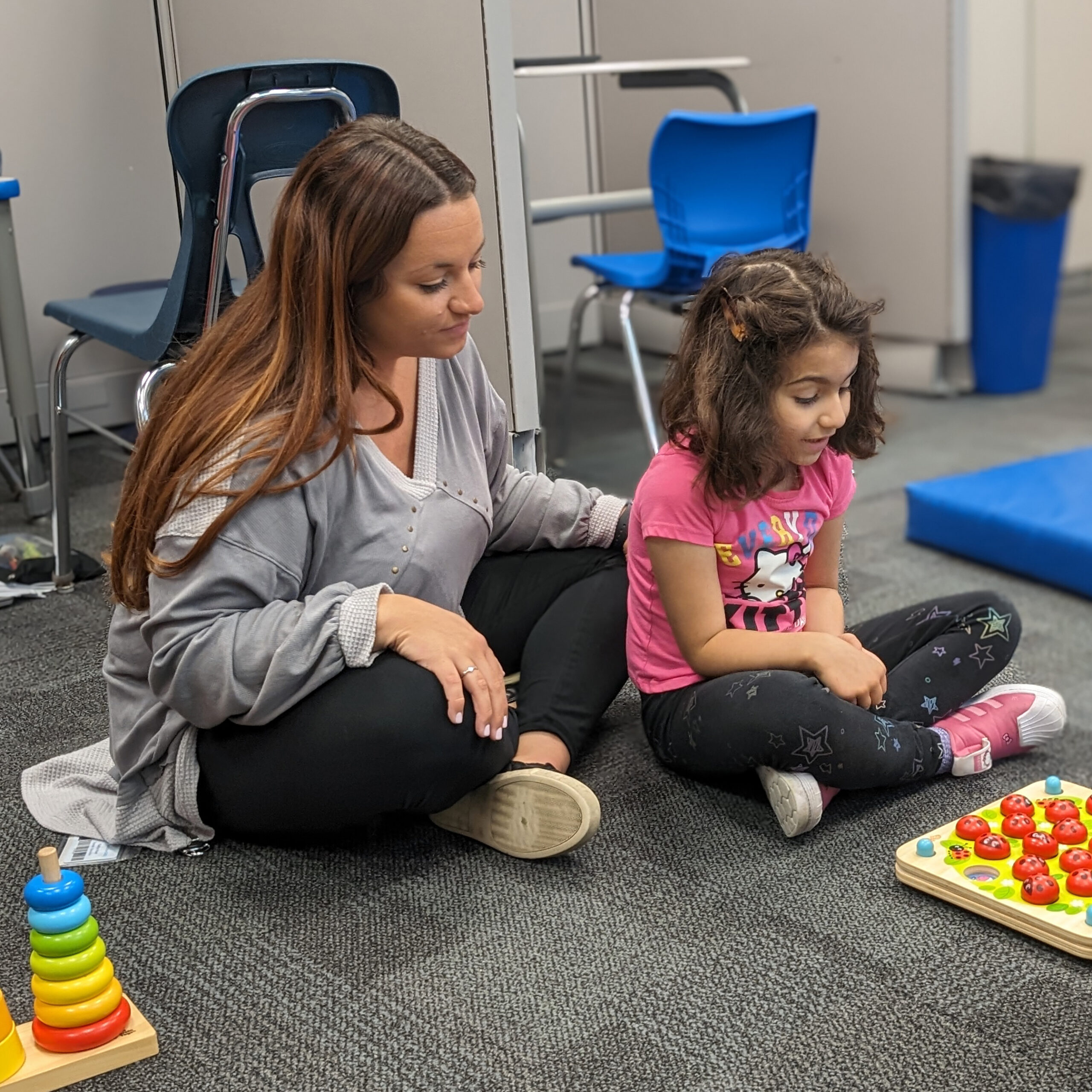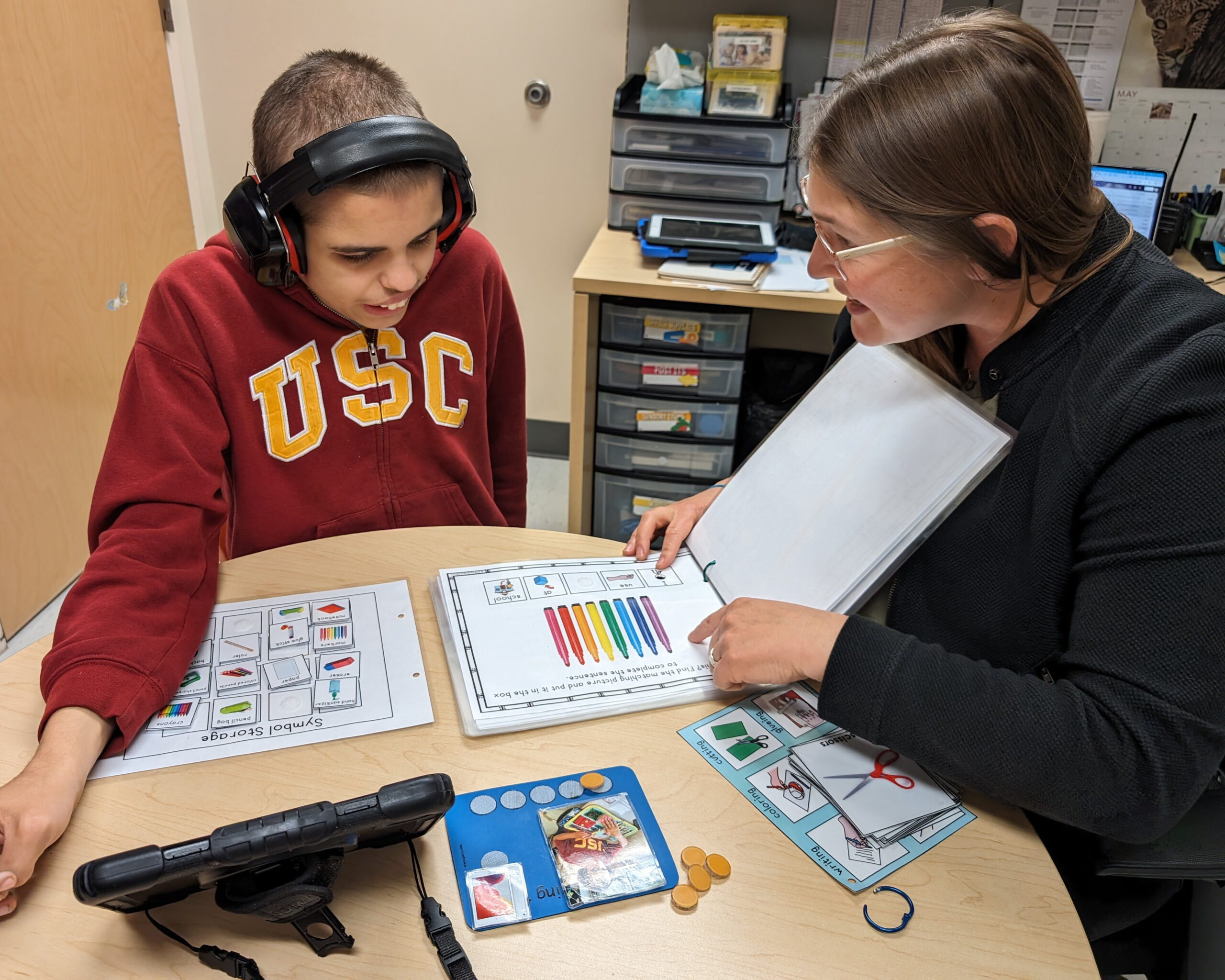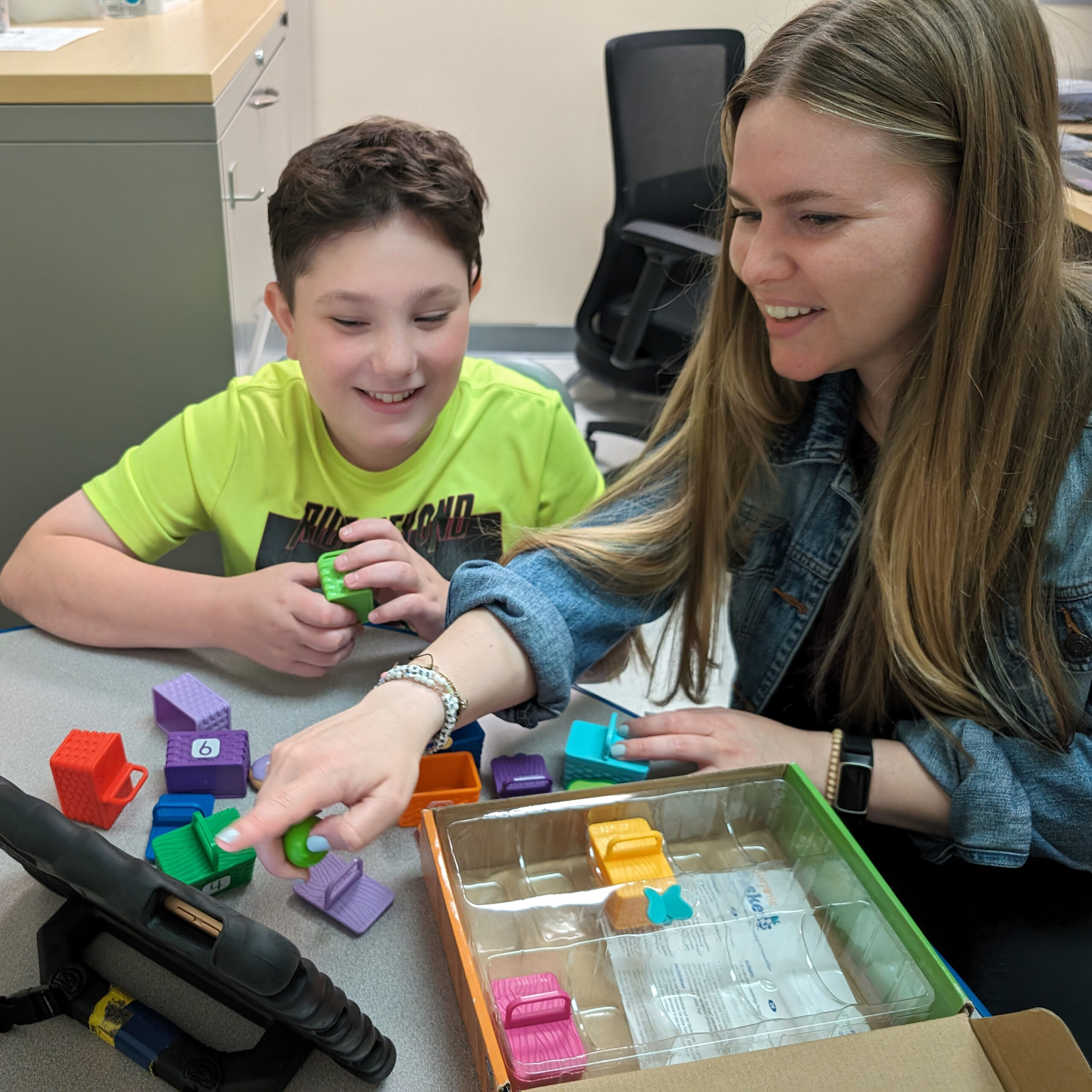
This May, Academy360 celebrated National Speech-Language-Hearing Month, a time to highlight the invaluable work of our Speech-Language Pathologists (SLPs) and the important role they play in our students’ lives. For many people, the concept of “speech therapy” conjures memories of practicing correct pronunciation or enunciation of words — of spoken language. But SLPs do so much more than guide students in practicing their “Rs and Ls.” Far from a theme for a month, the 22 members of Academy360’s Speech therapy department work tirelessly year-round to help students achieve and improve methods of communication to connect with the world around them.
Carlyn Marrone, Supervisor of Related Services at Academy360 Upper School, wants people to know that above all, “Speech therapy is not about teaching sounds; it’s about connection, interaction, and having a ‘voice’ to express needs and feelings.”
RELATED STORY: Meet A360’s Speech-Language Pathologists!
Robin Scheib, Supervisor of Related Services at the Lower School, echoes this statement. Speech therapy, she explains, is a multi-faceted approach. It addresses the mechanics of speech production, from proper breathing to clear articulation. It delves into the world of language, ensuring students can understand and use words to form sentences and express themselves. Comprehension is equally important, focusing on the ability to grasp information and follow instructions. Finally, SLPs — or as commonly known, speech therapists — address the social aspect of communication, teaching students how to use language appropriately in different settings and navigate the intricacies of social interaction.
[Story continues below photo gallery]
* * *
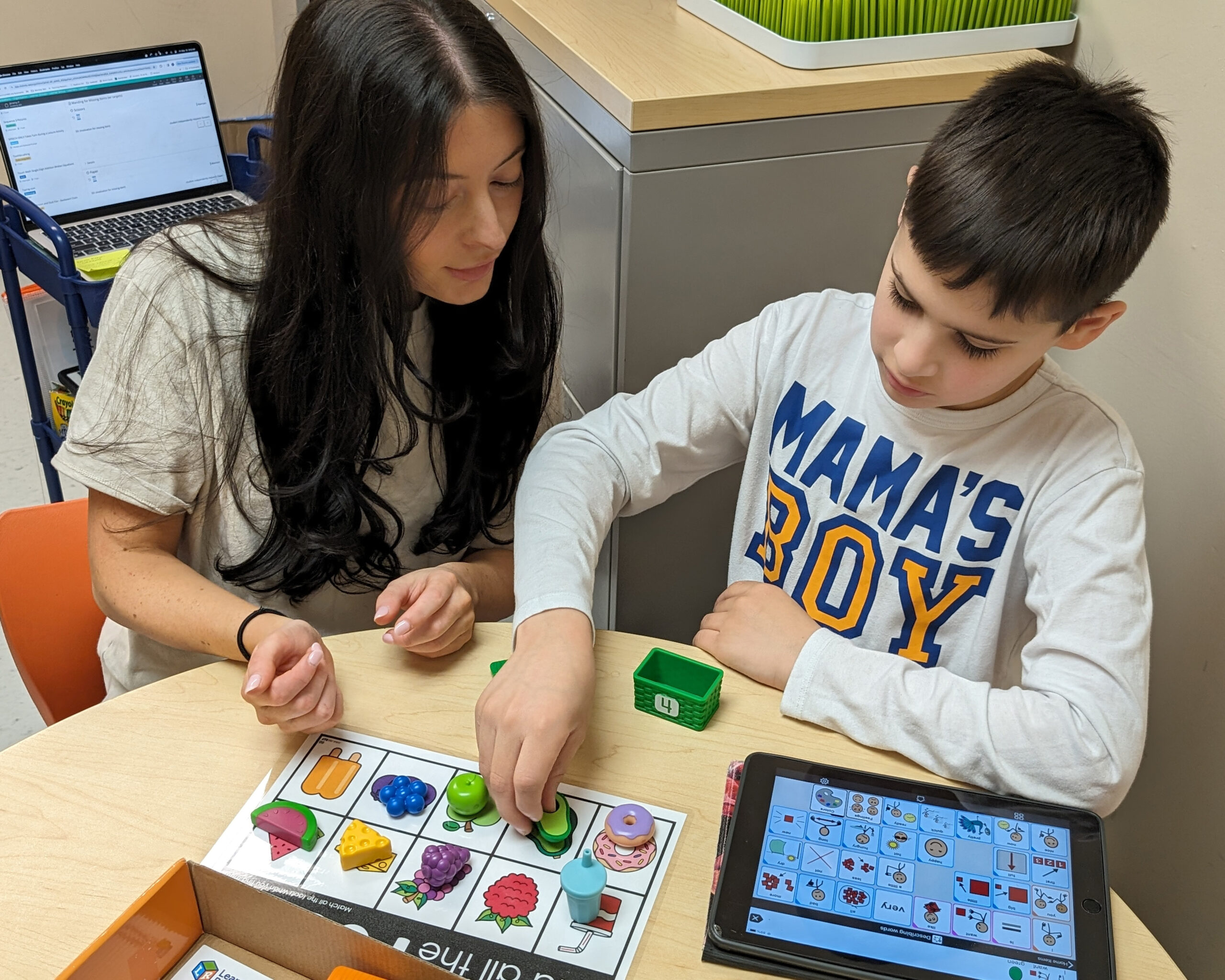
Sometimes the path to communication takes an alternate route from vocalization. “Communication is so much more than speaking,” Robin says. “Our number one goal is to provide students with a functional mode of communicating.”
In those cases, therapists introduce alternative and augmentative communication (AAC) methods such as Picture Exchange Communication Systems (PECS) or speech-generating devices which empower students to express themselves and participate in the world around them, fostering a sense of independence and reducing frustration.
Carlyn describes the joy of witnessing the moment a student understands they have a “voice.” “The day that ‘click’ happens is a beautiful moment,” says Carlyn. “It means everything!”
Though research shows that the introduction of speech generating devices does not typically stall children in acquiring speech, if possible, the experience for parents can sometimes be bittersweet. Robin acknowledges the emotional journey parents navigate. “Parents of younger students often grieve the expectation of their child being vocal,” she says. Therapists play a crucial role in helping parents adjust, focusing on the positive aspects of alternative and augmentative communication (AAC) and its role in future speech development. They partner with parents to create a cohesive communication system at home and school, ensuring consistency in the child’s learning environment.
“Parents have goals for their child and we have goals – if we can have the student be a vocal communicator, that would be ideal. But for some students the reality is that speech can be very difficult,” Robin says. Without communication skills, she adds, the children are continually frustrated by not being able to tell what they want. “We say, we want to encourage speech but we need to put communication devices in place to ease that frustration and behaviors.”
As students progress through their education, the focus of speech therapy shifts to meet their evolving needs. Carlyn explains that when students reach Upper School, the emphasis is on functional language for independent living. Therapists equip students with the ability to order food at a restaurant, ask for help when needed, or navigate public transportation.
The most important goal, Carlyn says, is to instill confidence and give them the skills they need to go out and interact with others in the community and with their families.
* * *
There are also cases like M.F.’s, where speech therapy plays a transformative role.
Arriving at Academy360 as a non-verbal preschooler, he displayed frustration through challenging behaviors. Therapists introduced PECS, giving him a voice and reducing outbursts. Therapists used the PROMPT method to encourage his vocalizations, leading him to confidently sing in the school show and participate in morning announcements.
Today, M.F. is a thriving student in the Upper School. He actively participates in class, initiates greetings and advocates for himself. His story is a testament to the dedication of Academy360’s speech-language team and their unwavering commitment to helping all students find their voice.
This is the essence of speech and language therapy in autism education. It’s not just about “fixing” speech, but about celebrating all forms of communication, empowering students to reach their full potential and share their unique voices with the world.



